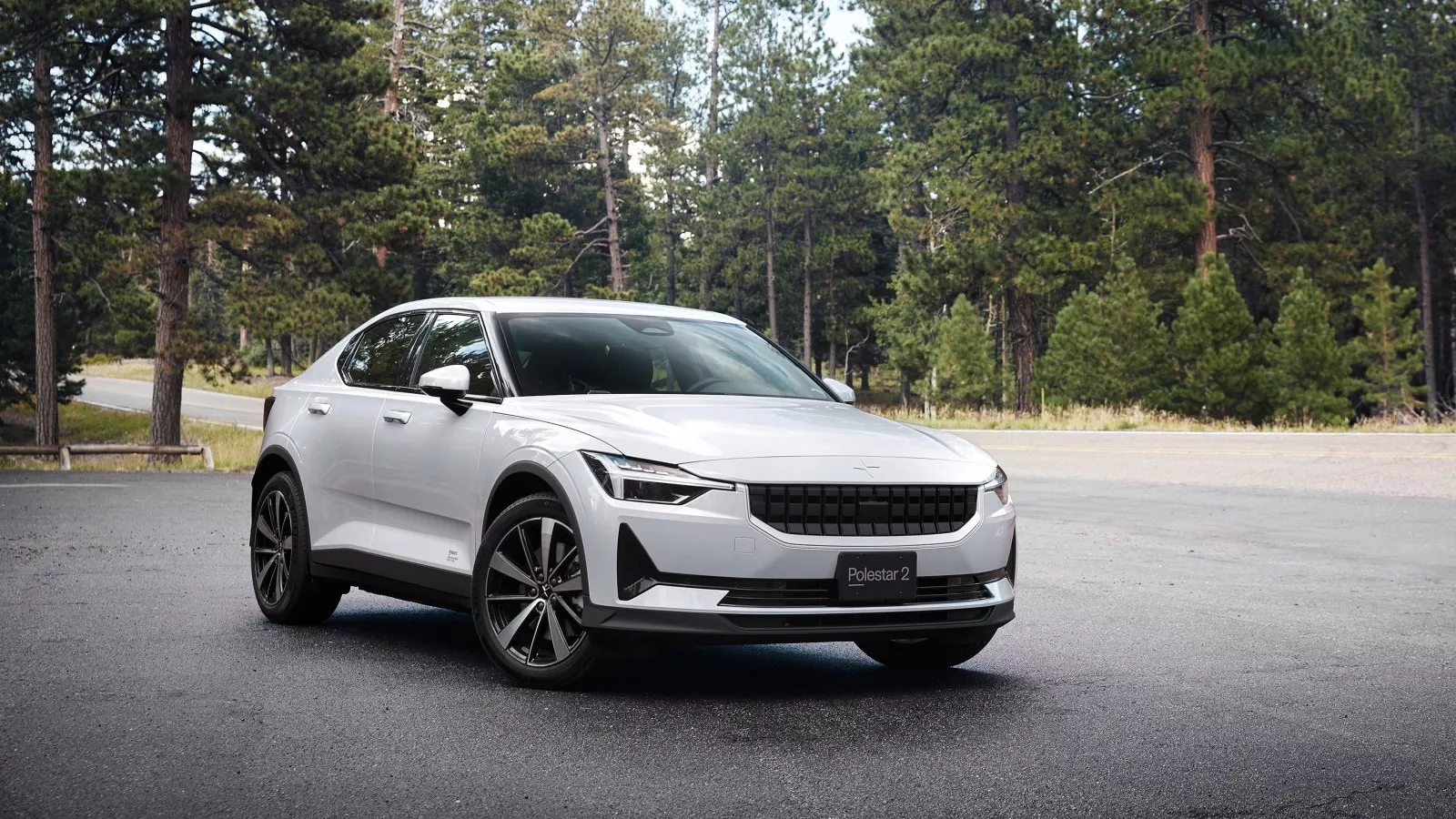Tesla's Reign Tested: Model 3 Performance vs. Polestar 2

Tesla has dominated the electric vehicle market in the United States, capturing over 65% of sales in recent years. But new entrants like Polestar, an electric performance brand spun out of Volvo, are aiming directly at Tesla with new models like the dual-motor Polestar 2.
Priced at $39,900, the Polestar 2 bridges the gap between the Tesla Model 3 and Model S, while matching the driving dynamics of the $53,990 Model 3 Performance. With up to 276 miles of range and 421 horsepower sending power down a sophisticated all-wheel drive system, the Polestar 2 brings some serious heat. Let's see how it stacks up against the quickest, most driver-focused version of the Model 3.
Performance Metrics
The Polestar 2 dual motor makes 546 lb-ft of instant torque, rocketing from 0 to 60 mph in 4.3 seconds with Launch Control engaged, falling a bit short of the Model 3 Performance's 3.1 second time. The Polestar manages this with an advanced all-wheel torque vectoring system, allowing more precise power distribution side-to-side for sharper turn-in and better rear-biased feel than Tesla's system. This pays dividends in the Polestar 2’s handling agility although it may not do much for its straight-line acceleration.
Meanwhile, the Model 3 Performance’s super-stiff chassis and massive stopping power from its Performance brake package provide a bit more at-the-limit grip around tight corners. There’s a ride quality compromise though - the Model 3 feels crashy and unrefined over broken pavement compared to the more balanced Polestar.
Both exude that instant surge of acceleration unique to electric cars, hitting mile-a-minute speeds faster than internal combustion engines costing twice as much. The Model 3 Performance needs repeated full-throttle runs less thanks to its 315-mile range, beating the Polestar’s 276 miles. Tesla’s vast Supercharger network also provides easier long-distance travel.
Styling & Luxury Features
Beauty is always subjective, but the Polestar 2 modernizes electric car design with a sleek, slot-car look accentuated by its Diamond Cut wheels and unique Lava interior color scheme. The Model 3 undeniably helped influence the 2’s shape, but small touches like Polestar’s signature thor’s-hammer LED headlights make it less generic than the Tesla from some angles.
Inside is no contest, however - the Polestar 2 trounces the Model 3 on material quality, assemble fit, and even tech features. The Polestar lacks no luxury or convenience feature other than ventilated seats, wrapping drivers in Nappa leather with aluminum and open-pore wood accents surrounding the distinct Android-powered driver interface.
The Model 3 Performance tacks on premium audio and navigation upgrades but remains decidedly sparse and with poor ergonomics compared to the Polestar’s Volvo-grade interior design. Panel gaps still reflect Tesla’s production struggles. Cargo flexibility notably goes to the Model 3 thanks to its front trunk.
The Verdict
Polestar has instantly inserted itself into the EV performance discussion with an impressive package emphasizing driver engagement and luxury appointments for the price. The Polestar 2 finally achieves the superb chassis tuning and torque-vectoring capability expected from an electric Porsche competitor, wrapped in a gorgeous interior highlighting sustainable materials.
Its biggest letdowns compared to Tesla’s Model 3 Performance come down to lower range between charges and lack of long-trip charging infrastructure. As that gap closes in the coming years though, the Polestar 2 (Long-range dual motor trim version) looks well-placed to steal the Model 3 Performance’s thunder.